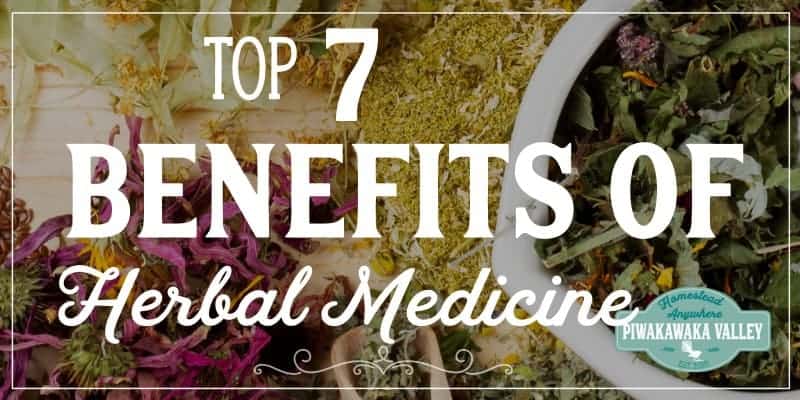A Biased View of Herbalife

In 1990, expense linked with "alternative" therapy in the United States was approximated to be US$ 13.7 billion. In Australia, copyright, and the United Kingdom, annual expense on typical medication is approximated to be US$ 80 million, US$ 1 billion, and US$ 2.3 billion, specifically.
The total business worth of the ethnobotanicals market can not be overlooked. In 1995, the overall turnover of nonprescription-bound herbal medicines in pharmacies was equivalent to virtually 30% of the total turn over of nonprescription-bound medications in Germany, and in the United States, the yearly retail sales of organic products was estimated to be US$ 5 - herbalife products.1 billion.
About Herbalife
In China, the overall value of herbal medication produced in 1995 reached 17.6 billion Chinese yuan (about US$ 2.5 billion; Eisenberg et al. 1998; THAT 2001). This pattern has actually proceeded, and annual earnings in Western Europe reached US$ 5 billion in 2003-2004 (De Smet 2005). In China, sales of organic products totaled US$ 14 billion in 2005, and earnings from natural medications in Brazil was US$ 160 million in 2007 (Globe Health Company; http://www.who.int/topics/traditional_medicine/en/). In China, in 2003, standard natural medications played a noticeable duty in the method to include and treat extreme acute respiratory disorder (SARS), and in Africa, a traditional organic medicine, the Africa blossom, has been used for years to treat losing symptoms associated with HIV (De Smet 2005; Tilburt and Kaptchuk 2008).
Natural herbs and plants can be processed and can be absorbed different means and types, and they include the whole herb, teas, syrup, necessary oils, ointments, salves, rubs, pills, and tablets that have a ground or powdered form of a raw natural herb or its dried remove. Plants and natural herbs extract differ in the solvent utilized for extraction, temperature, and extraction time, and include alcoholic removes (tinctures), vinegars (acetic acid removes), warm water extract (tisanes), lasting steamed extract, generally origins or bark (products), and cold infusion of plants (macerates).
:max_bytes(150000):strip_icc()/VWH_Illustration_10-Healing-Herbs-With-Medicinal-Benefits_Illustrator_Mira-Norian_Title_Final-47ce13013375448c9e8e7e8c21fb50f7.jpg)
Around 200 years earlier, the initial pharmacologically active pure substance, morphine, was created from opium drawn out from seeds sheaths of the poppy Papaver somniferum. This exploration revealed that drugs from plants can be detoxified and carried out in specific dosages no matter of the resource or age of the product (Rousseaux and Schachter 2003; Hartmann 2007).
The Definitive Guide for Herbalife
With this ongoing pattern, items from plants and natural resources (such as fungi and aquatic bacteria) or analogs inspired by them have actually contributed greatly to the industrial medication preparations today. Instances include prescription antibiotics (e.g., Click This Link penicillin, erythromycin); the cardiac energizer digoxin from foxglove (Digitalis purpurea); salicylic acid, a precursor of aspirin, derived from willow bark (Salix spp.); reserpine, an antipsychotic and antihypertensive drug from Rauwolfia spp.; and antimalarials such as quinine from Cinchona bark and lipid-lowering agents (e.g., lovastatin) from a fungi (Rishton 2008; Schmidt et al.
More than 60% of cancer cells rehabs on the market or in screening are based on all-natural products. Of 177 medicines accepted around the world for treatment of cancer, even more than 70% are based on natural products or mimetics, numerous of which are enhanced with combinatorial chemistry. Cancer therapies from plants consist of paclitaxel, separated from the Pacific yew tree; camptothecin, stemmed from the Chinese "happy tree" Camptotheca acuminata and made use of to prepare irinotecan and topotecan; and combretastatin, originated from the South African bush willow (Brower 2008.
In between 2005 and 2007, 13 medications obtained from all-natural products were accepted in the United States., last accessibility: November 5, 2010).
Top Guidelines Of Herbalife
In the United States, the National Facility for Complementary and Alternative Medication at the National Institutes of Wellness spent roughly US$ 33 million on natural medications in the monetary year 2005; in 2004, the National Canadian Institute committed virtually US$ 89 million for studying a variety of standard therapies. While this range of investment is reduced contrasted to the total study and growth expenses of the pharmaceutical sector, it nevertheless reflects real public, industry, and governmental interest in this area (Li and Vederas 2009). With incredible development in the interest in and use of typical medicines worldwide, two main areas of problem emerge that bring significant challenges.

Comments on “The 45-Second Trick For Herbalife”